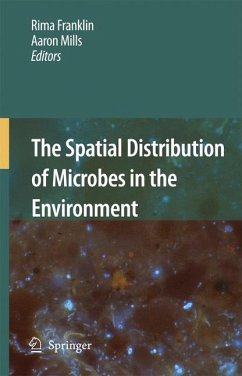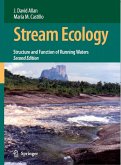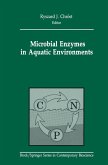Microbes are very small and, as individuals, are capable of influencing a portion of the environment only slightly larger than their own body size, i.e., a few microns. However, their impact on the landscape is enormous, and ecosystem processes such as organic matter decomposition, denitrification, and metal oxidation/reduction are measured on scales of meters to kilometers. This volume highlights recent advances that have contributed to our understanding of spatial patterns and scale issues in microbial ecology, and brings together research conducted at a range of spatial scales (from µm to km) and in a variety of different types of environments. These topics are addressed in a quantitative manner, and a primer on statistical methods is included to aid the unfamiliar reader. In soil ecosystems, both bacteria and fungi are discussed, and the spatial patterns are interpreted in an ecological context that considers issues such as nutrient availability, vegetation distribution and growth patterns, and microbial colonization. In aquatic systems, focus is on the distribution of planktonic forms including phytoplankton and microzooplankton. The reader should gain insight on how to integrate information across spatial scales, which is necessary in order to understand and predict how these tiny organisms can have such a profound effect on landscape and ecosystem-level processes.
Dieser Download kann aus rechtlichen Gründen nur mit Rechnungsadresse in A, B, BG, CY, CZ, D, DK, EW, E, FIN, F, GR, HR, H, IRL, I, LT, L, LR, M, NL, PL, P, R, S, SLO, SK ausgeliefert werden.









